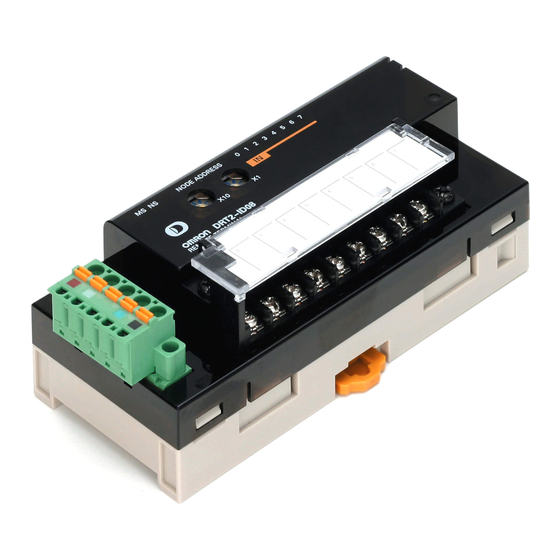
Omron DRT2 SERIES DEVICENET SLAVES - OPERATION MANUAL 04-2008 Operation Manual
Devicenet slaves
Hide thumbs
Also See for DRT2 SERIES DEVICENET SLAVES - OPERATION MANUAL 04-2008:
- Operation manual (282 pages) ,
- Quick start manual (9 pages)
Table of Contents
Advertisement
Quick Links
Advertisement
Chapters
Table of Contents
Troubleshooting














Need help?
Do you have a question about the DRT2 SERIES DEVICENET SLAVES - OPERATION MANUAL 04-2008 and is the answer not in the manual?
Questions and answers